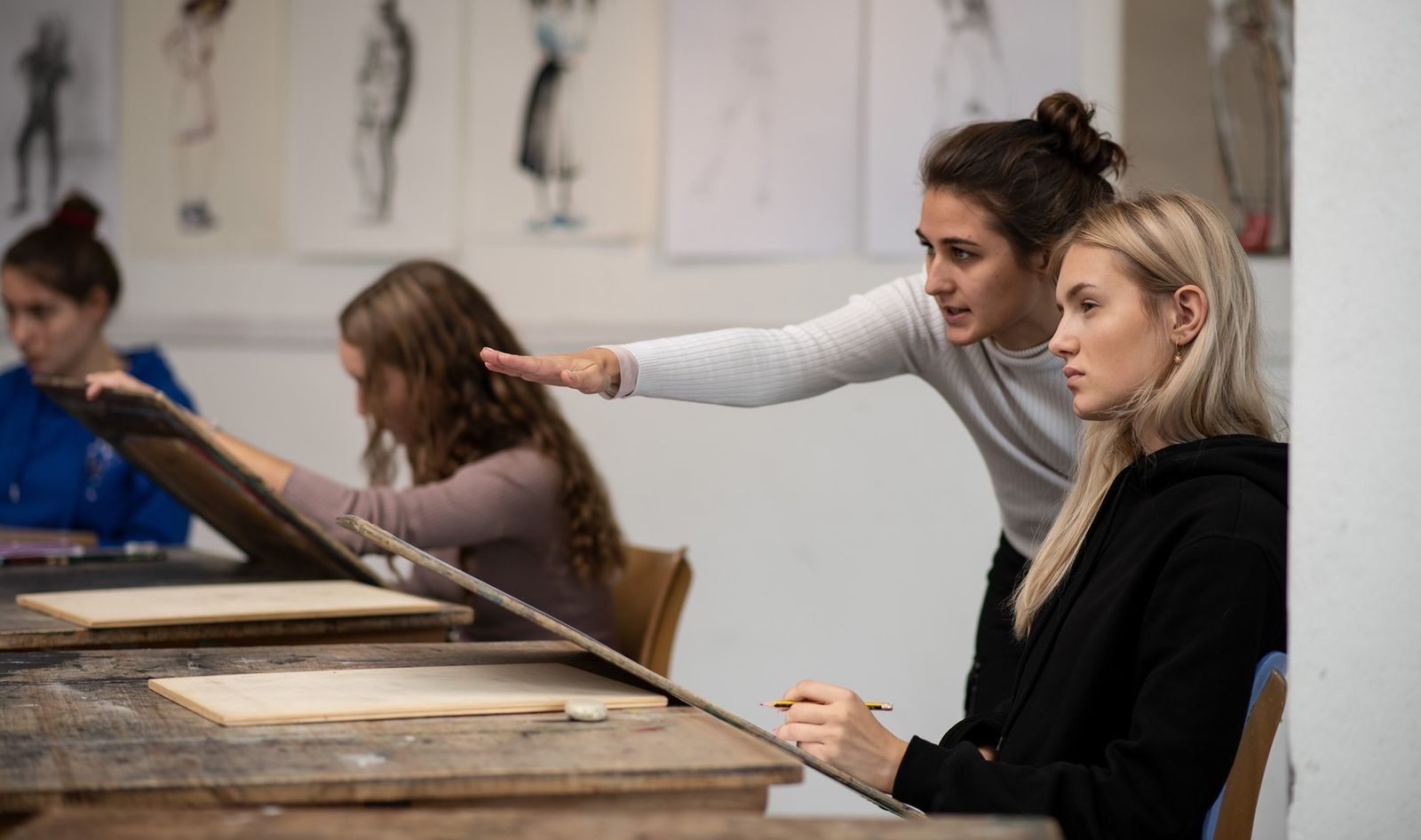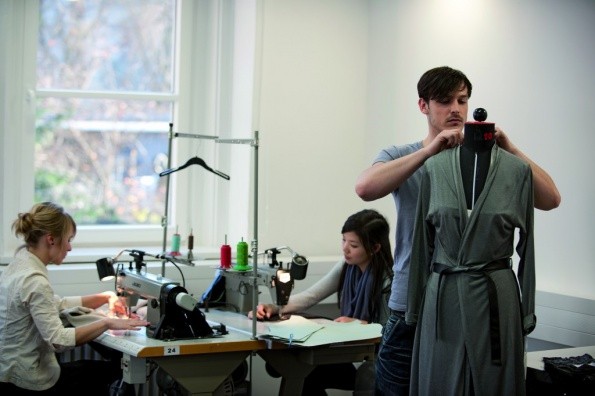Fashion design (B.A.)

The bachelor’s degree in fashion design at Trier University of Applied Sciences is based on the specific professional profile of the designer. The aim is the practical training of highly qualified designers who are looking for their professional fields of activity depending on their talent and inclination in the diverse professional spectrum of fashion design and the clothing industry.
The students acquire skills that are of high importance in the professional field of fashion and clothing. Abilities such as independence in organization and management, teamwork, research and analysis skills, conceptual and creative thinking, social skills, implementation-oriented innovation skills and the ability to critically reflect on your own and other creative achievements are particularly worth mentioning here. The content of these competencies is promoted by imparting the basics of media, communication and cultural studies, methods and knowledge in complex design projects. In addition, interdisciplinary and transdisciplinary offers in the context of new media-based forms of teaching, learning and cooperation show the students a variety of paths in design processes.

